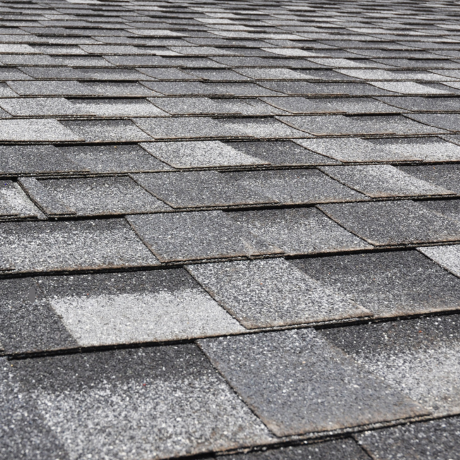The Role of Proper Ventilation in Protecting Shingle Roofs

When the average homeowner considers roof maintenance, they’re likely thinking of shingles, flashing and gutters. But there’s one part of roofs that is often overlooked, and yet plays a crucial role in the life of a roof — ventilation. At Marios Roofing, we understand that proper attic ventilation is the best way to protect shingle roofs from costly damage, early wear and tear, and inefficiencies.
Why Ventilation Matters
Good roof ventilation provides the push-pull effect that allows air to flow in and out of your attic, helping to regulate temperature and moisture levels. Without that space, heat and humidity coalesce to create several roofing issues that could shorten the life of your shingles.
Preventing Heat Damage
During the summer, the temperature in your attic can exceed 150°F. This heat buildup not only raises your energy bills because it takes more airflow to cool down, but it also ages the shingle material by drying out, curling and cracking the shingles long before they should. A vented roof allows for the release of heat; otherwise, your shingles will not last as long.
Moisture and Mould Control
In the cooler seasons, moisture generated by everyday household activities — such as cooking, showering and laundry — can vent into the attic. If it has no place to run off, condensation accumulates, and mould, mildew, and wood rot follow. This moisture weakens your roof deck, leading to damage to the shingles. Venting prevents moisture from accumulating and damaging your roof’s structure.
Reducing Ice Dams in Winter
In cold climate areas, a lack of proper roof ventilation can also lead to the formation of ice dams. Hot air trapped in the attic melts snow on the roof, and it then refreezes at the edges of the roof, forming dams that trap water under shingles. This can result in the formation of leaks, which cause damage inside the household. Proper ventilation equalizes the temperature in your attic, minimizing potential for ice dams.
Improved Energy Efficiency
A well-vented roof not only shields shingles — it also lowers energy bills. By maintaining attic temperatures that are cooler in the summer and drier in the winter, ventilation lets you reduce heating and cooling costs when combined with simplified insulation systems.
Signs of Poor Ventilation
Homeowners should pay attention to warning signs that may indicate their roof isn’t being ventilated adequately, including:
- Hot or stuffy attic air.
- Mould or mildew growth.
- Premature shingle curling or cracking.
- Roof edge ice damming.
- Increased energy bills.
If you’re experiencing any of these issues, it may be time to have a professional inspect your ventilation.
Conclusion
Good ventilation is the simplest and most effective way to ensure a long life for your shingle roof, while also raising the comfort level of your home through cooler attics in summer and drier attics in winter. At Marios Roofing, we are experts at roof inspections, repairs and ventilation improvements to keep your roof in its best possible condition.
If you believe that poor roof ventilation is a problem, give us a call. Our experienced crew will protect your shingle roof, allowing it to weather many more seasons to come.


